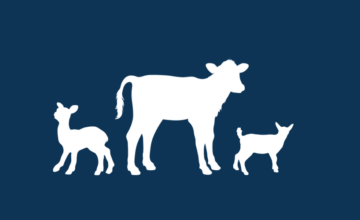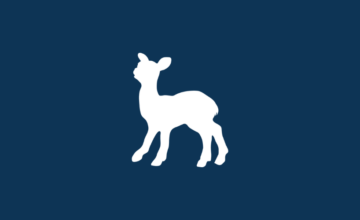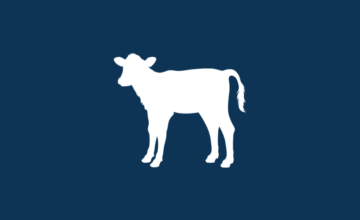Supplementing piglets with milk replacer at different stages of lactation
- Sep 17, 2020
- By Grober Nutrition
- In Canada
Three take home messages based on Grober Nutrition’s second on-farm piglet research trial.
Research details
Piglets were provided milk replacer at the beginning, middle or end of the lactation cycle while on the sow. Piglets were fed at 250 g/L of powder for a total of 3 L/day, compared to the control group piglets which only nursed on the sow, for a 24-day feeding period.
- Supplementing with milk replacer at the beginning and middle of the lactation period reduces the post-weaning growth check.
Defining post-weaning growth check as; the percentage decrease in average daily gain after weaning compared to the week prior to weaning. Supplementing with milk replacer early or in the middle of lactation reduced post weaning growth check to 57.5 and 60.4% respectively, compared to the late supplemented (62.5%) and control group (62.1%). This means the piglets were more equipped to handle the stress of the transition from the farrowing room to the nursery room. - Piglets provided milk replacer earlier in the lactation period compared to later in the lactation period, have a reduced mortality rate and increased body weight gain.
When milk replacer is provided at the beginning or middle of the lactation cycle, it decreases the mortality rate. Piglets supplemented early and in the middle of lactation had a mortality rate of 18 and 20% respectively, compared with piglets supplemented at the end of the lactation cycle, who had a 27% mortality rate. Although the piglets in the mid lactation supplemented group started out the lightest, this group of piglets finished the heaviest when comparing piglets fed supplemental milk replacer at the beginning or end of the time nursing on the sow.Body Weight Birth Day 7 Day 14 Day 21 Shipping Early 1.57 2.79 4.39 6.34 7.17 Middle 1.49 2.56 4.42 6.57 7.42 Late 1.50 2.50 4.03 6.21 7.03 - Piglets who consume milk replacer consume more creep feed in the farrowing room, regardless of when milk replacer is supplemented.
Piglets who were given supplemental milk replacer, regardless of when milk replacer was introduced, consumed more creep feed in the farrowing room than their control counterparts. Creep feed was offered on day 14, and over the remaining nine days in the farrowing room, the early supplemented group consumed 862g more creep feed, the middle group consumed 848g more creep feed, and the end group consumed 260g more creep feed than the control group. This indicates that early milk replacer consumption is linked to increased creep feed consumption in the farrowing room. Research shows that early consumption of creep feed in the farrowing room equates to early consumption of creep feed in the nursery room, which helps to prevent post weaning health problems and subsequent growth check.
Recommendation
It is recommended to start providing milk replacer for the full lactation period starting at day 4, as the sow begins to limit milk production as early as 7 days post-farrowing. However, if milk replacer cannot be provided for this length of time, the results of this trial indicate that the optimum time to supplement with milk replacer is from day 7 to 16. This period of time is when the additional nutrients will be of the most benefit, and will be optimally utilized by piglets. Piglets supplemented in the middle of the lactation cycle observed the best benefits; increased average daily gain, increased body weight gain, reduced mortality and increased creep feed consumption.















